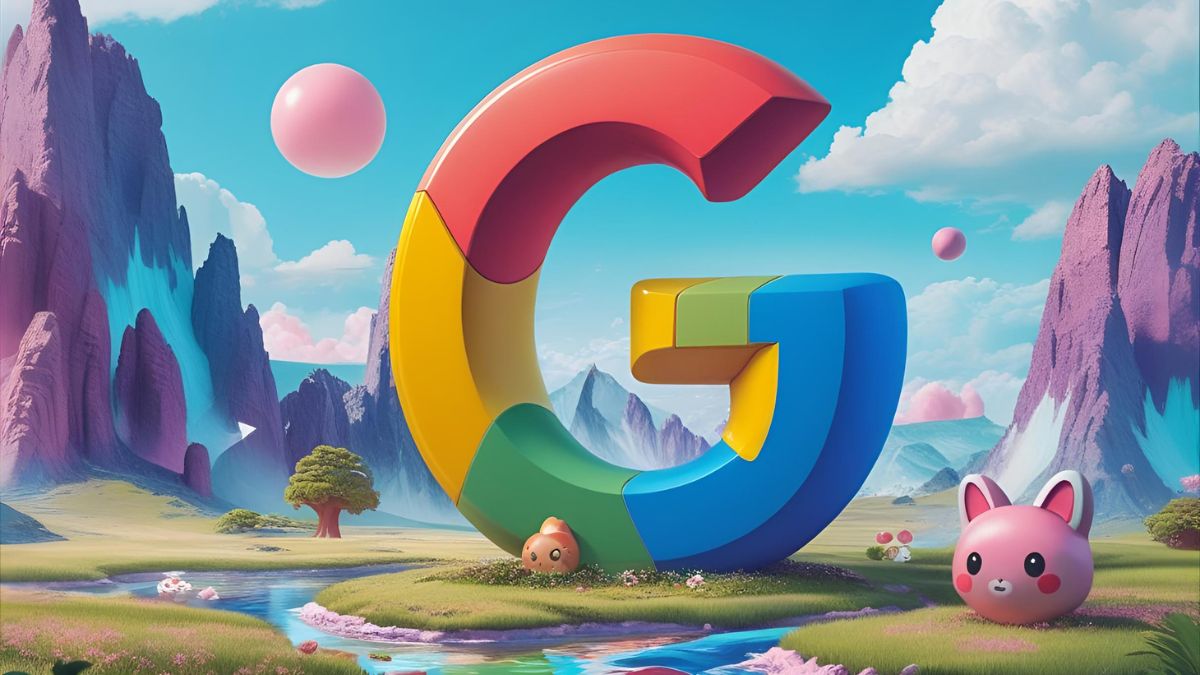
In its Summer Essentials 2025 report, Google shares a strategic guide for CMOs and marketing leaders aiming to transform their brands through technology, data, and creativity. At the core of the Google report is a model based on what the search giant calls: the 4 pillars of the future of marketing, which provide the necessary structure to scale artificial intelligence within brands and deliver consistent results in an unpredictable environment.
READ ALSO: Goodbye funnel! Influence maps, the new marketing according to Google
What are the 4 pillars of the future of marketing according to Google?
Google, in collaboration with Boston Consulting Group (BCG), identified that only 19% of brands are considered AI leaders. These companies have moved beyond isolated experiments to connect their workflows through systems that enable smart, real-time, personalized decisions.
To reach this level of maturity, Google’s report proposes working across four interconnected pillars:
- Media and personalization
- Creativity and content
- Measurement and insights
- People and processes
This model is not just conceptual. It comes with real examples, specific tools, and a clear path for each company to evaluate its maturity level in every area.
1. How to scale media and personalization with AI?
This first pillar focuses on using artificial intelligence to automate and optimize advertising campaigns based on high-value audiences, in real time, across multiple channels.
According to the report:
- Brands that have adopted AI in media have achieved up to 24% more efficiency.
- Only 20% of companies use real-time data-based segmentation.
- Just 35% can dynamically reallocate budgets between platforms.
🔧 Tools recommended by Google:
- Performance Max: automatically optimizes budgets and audiences.
- Meridian Budgeting Tool: calculates the value of each channel with greater accuracy.
- Google Analytics 4 + value-based conversion: enables AI training to prioritize high-value customers.
📌 Case study: Bayer used AI to identify valuable audiences for its digestive supplement Iberogast, achieving a 108% increase in valuable conversions.
2. How to generate scalable content and creativity?
AI is redefining the creative process. Google states that leading brands are already integrating artificial intelligence throughout the entire cycle: from ideation to production and distribution of creatives.
- There has been up to a 6x increase in creative asset volume by integrating AI in creative workflows.
- AI enables campaigns to be launched in much shorter times and at lower costs, anticipating seasonality and trends.
🔧 Tools recommended by Google:
- Asset Studio in Google Ads: generates on-brand, contextualized visual assets.
- Veo and Imagen: automatically generate images and videos.
- Merchant Center: adapts creatives to dynamic product catalogs.
📌 Case study: The brand Touchland launched its “Move your Mood” campaign in a third of the usual time and with only 30% of the budget, using generative AI to produce visual assets.
3. Why is measurement the area with the greatest opportunity?
The third pillar of the report focuses on measurement and insights. According to Google data, this is the pillar with the most room for growth:
- Only 9% of companies have reached an advanced level of AI-based measurement.
- However, 46% are already using three key methods together: attribution models, media mix modeling, and incrementality testing.
Google suggests that the real power of measurement comes from combining these three techniques, rather than using them in isolation.
🔧 Tools recommended by Google:
- Meridian: Google’s new tool for marketing mix modeling, measuring online, offline, and TV impact.
- Attribution AI: assigns value to each touchpoint.
- Incrementality experiments: automated and easier to launch in Google Ads.
📌 Key advantage: These tools help CMOs to justify budgets, optimize campaigns, and demonstrate long-term impact with KPIs aligned to business goals.
4. What needs to change in people and processes to adopt AI?
The final pillar of the future of marketing is not technical — it is organizational. Google acknowledges that cultural and structural change is one of the greatest challenges to fully adopting AI.
- Only 10% of marketing leaders have built a multifunctional team committed to AI.
- Key areas to drive this change include: finance, product, legal, engineering, and human resources.
🔧 Actions recommended by Google:
- Train talent in AI through internal programs.
- Include AI skills in performance evaluations and talent planning.
- Create workflows that integrate AI from the start (not as a final step).
📌 Highlighted solution: The “Marketing Advisor,” an AI agent in Chrome, will assist teams in implementing measurement, solving campaign issues, and suggesting improvements based on behavioral data.
How to start applying the 4 pillars in your strategy?
The Google report not only explains what to do, but also proposes AI Essentials 2.0, a practical guide for any brand to activate these pillars:
- Connect your first-party data: CRM, websites, and tracking tags.
- Leverage automated campaigns: such as Performance Max and Demand Gen.
- Generate predictive and adaptive content: with Asset Studio and Veo.
- Measure beyond clicks: using incrementality and marketing mix models.
- Activate cross-functional teams: with strategic vision, AI, and a culture of innovation.
Why are Google’s 4 pillars key to the future of marketing?
Because it is not about following a trend, but about building a system. The Google report makes it clear that marketing success will not depend solely on better creatives or larger budgets, but on building internal capabilities that scale, measure, and innovate in real time.
These four pillars are more than a guide: they are an organizational structure to navigate technological changes, respond to unpredictable consumers, and lead in an increasingly automated world.
The future of marketing is not a magic formula. It is a smart, adaptable architecture executed with precision.










